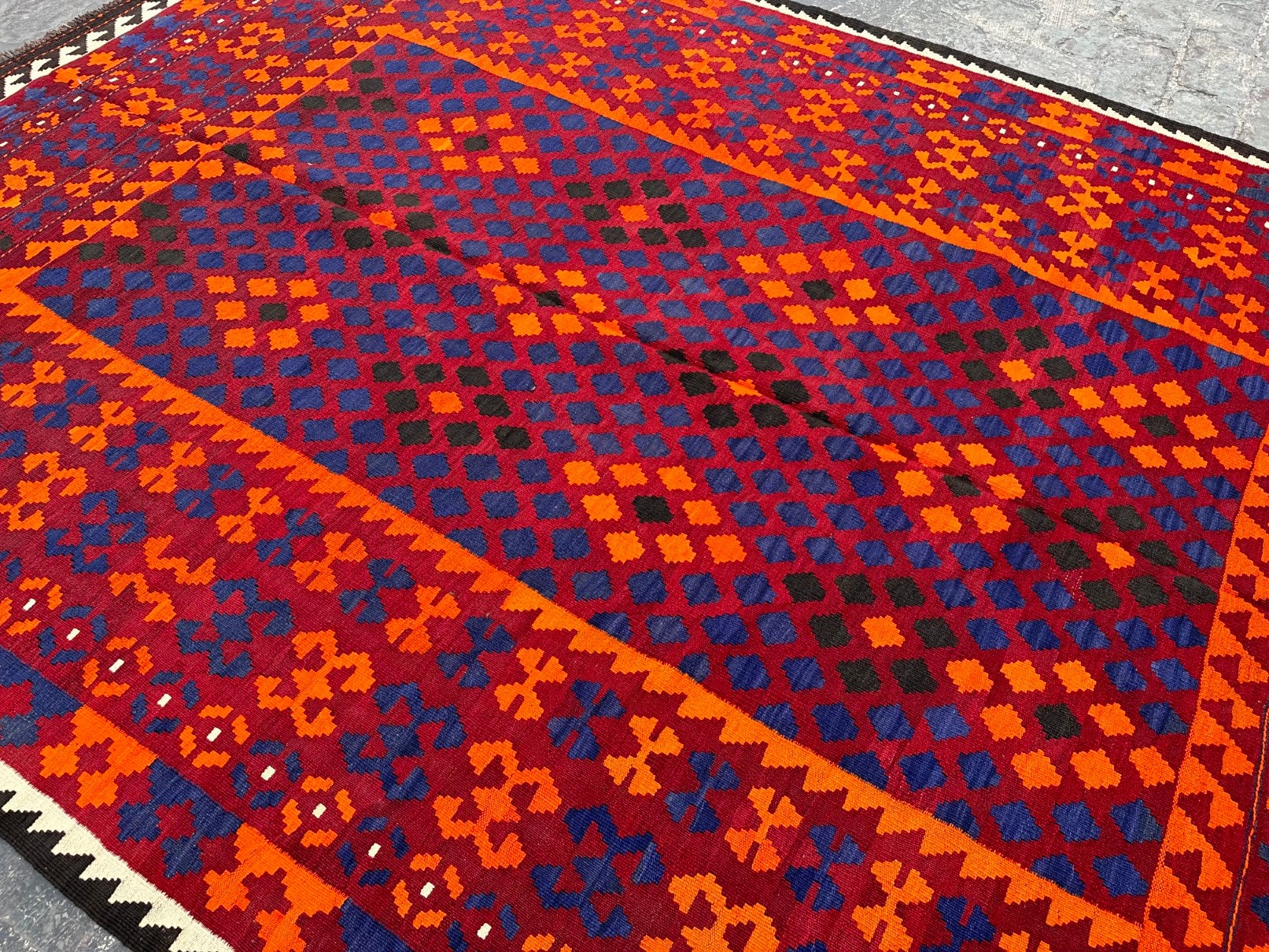Hand-knotted rugs and kilims are not just pieces of art, but also a symbol of craftsmanship and tradition. These intricate pieces are hand-woven by skilled artisans, making each one a unique masterpiece. In this guide, we will delve into the world of hand-knotted rugs and kilims, exploring their origins, benefits, and how to care for them.
What are Hand-Knotted Rugs and Kilims?
Hand-knotted rugs, also known as Persian rugs, are intricate pieces of textile art that are hand-woven by skilled artisans. These rugs are known for their vibrant colors, intricate patterns, and exceptional quality. On the other hand, kilims are a type of flatweave rug originating from Central Asia and the Middle East. Kilims are known for their unique geometric patterns and durability.
Origins of Hand-Knotted Rugs and Kilims
The origins of hand-knotted rugs and kilims can be traced back to the ancient civilizations of Persia, Turkey, and Central Asia. These rugs were not just used as floor coverings but were also considered as pieces of art, reflecting the cultural richness and diversity of these regions.
Benefits of Hand-Knotted Rugs and Kilims
Hand-knotted rugs and kilims offer numerous benefits. They are known for their durability, as the intense process of creating these rugs increases their value, quality, and longevity. These rugs are also hypoallergenic, free from synthetic chemicals, and made from natural materials, which makes them a healthy choice for your home.
Popular Countries for Hand-Knotted Rugs and Kilims
Iran, Turkey, and India are among the top countries that produce hand-knotted rugs and kilims. These countries are renowned for their high-quality rugs and kilims, which are made by skilled artisans using traditional techniques.
How to Care for Hand-Knotted Rugs and Kilims
Proper care is essential to maintain the beauty and longevity of hand-knotted rugs and kilims. For hand-knotted rugs, you can clean them by blotting excess liquid and then spot-cleaning the area from edge to center. For kilims, they should be cleaned by hand with a brush and gentle cleaning solution and vacuumed with care to avoid tearing it.
Conclusion
Hand-knotted rugs and kilims are not just functional items but also pieces of art that reflect the rich cultural heritage of their origins. Their intricate designs, durability, and unique characteristics make them a valuable addition to any home. With proper care and maintenance, these rugs and kilims can last for generations, becoming a cherished heirloom. So, next time you step on a hand-knotted rug or kilim, remember the craftsmanship, tradition, and cultural richness embedded in each thread.



